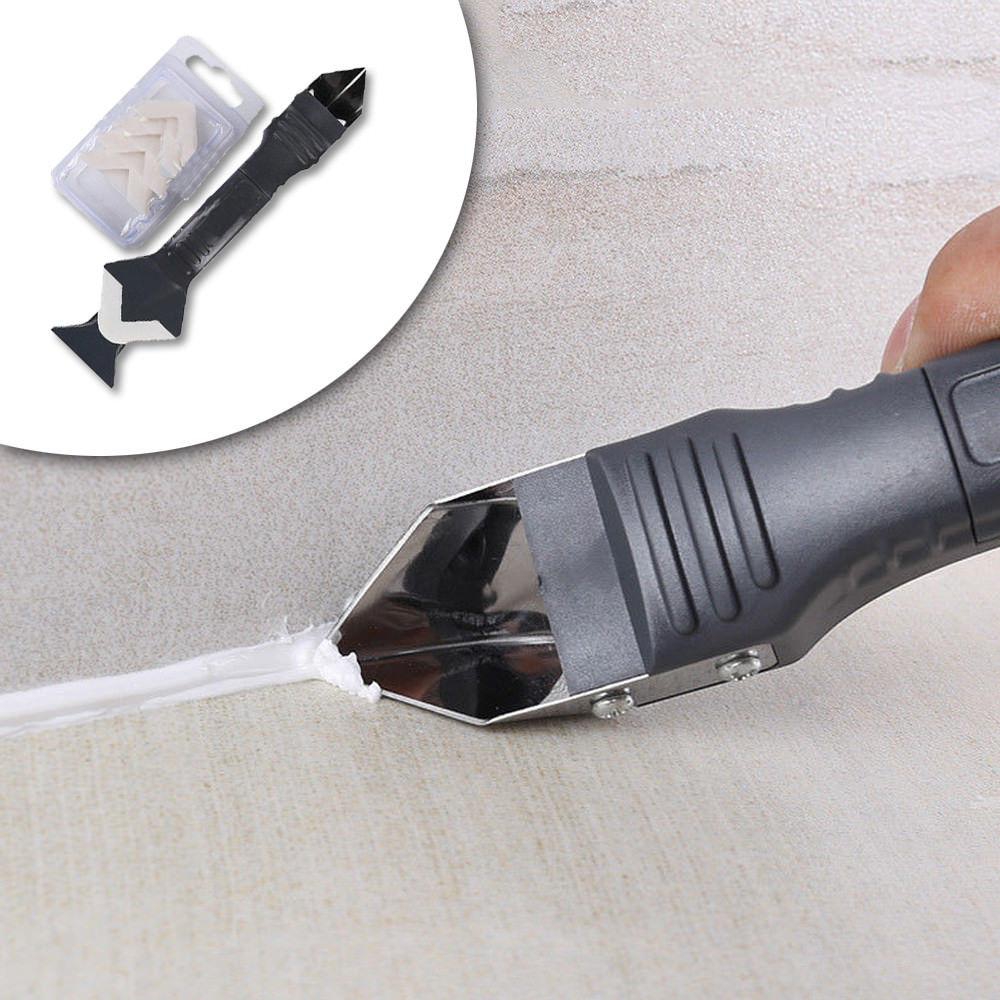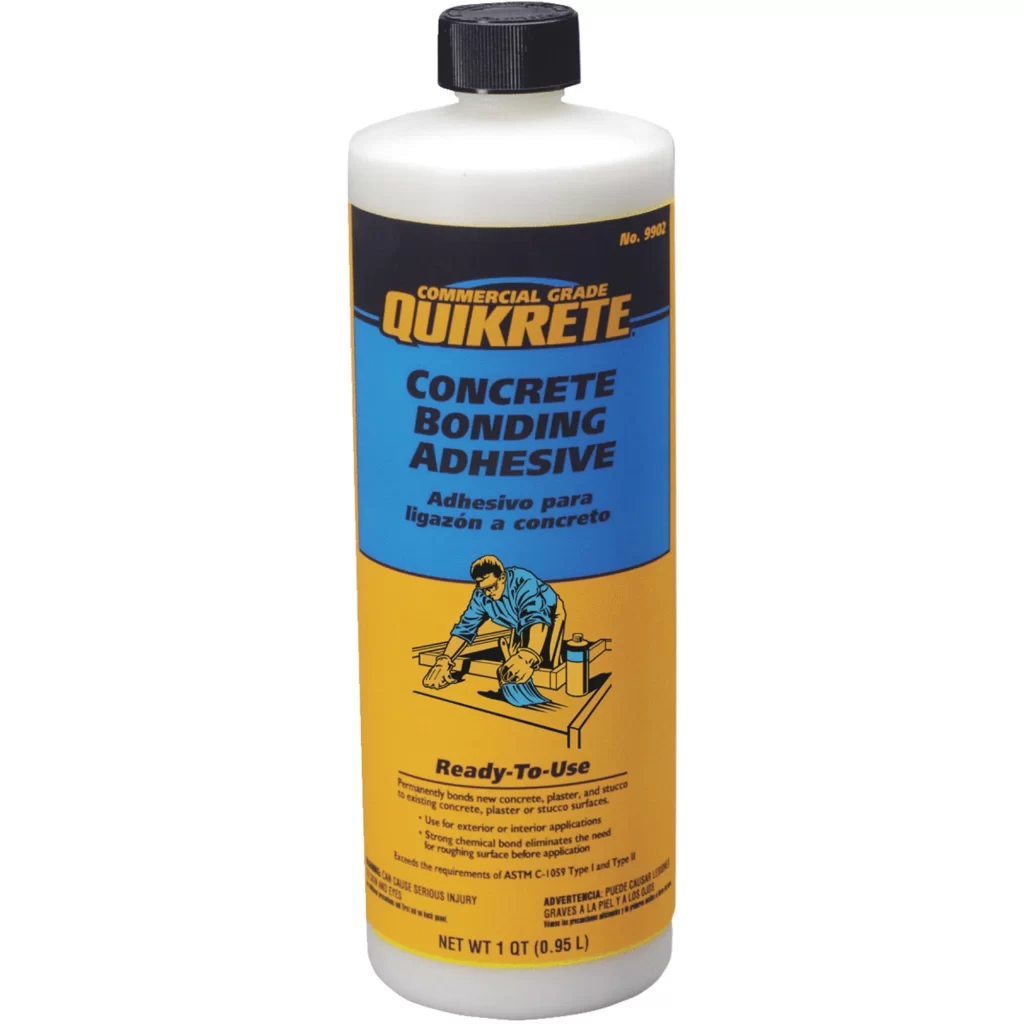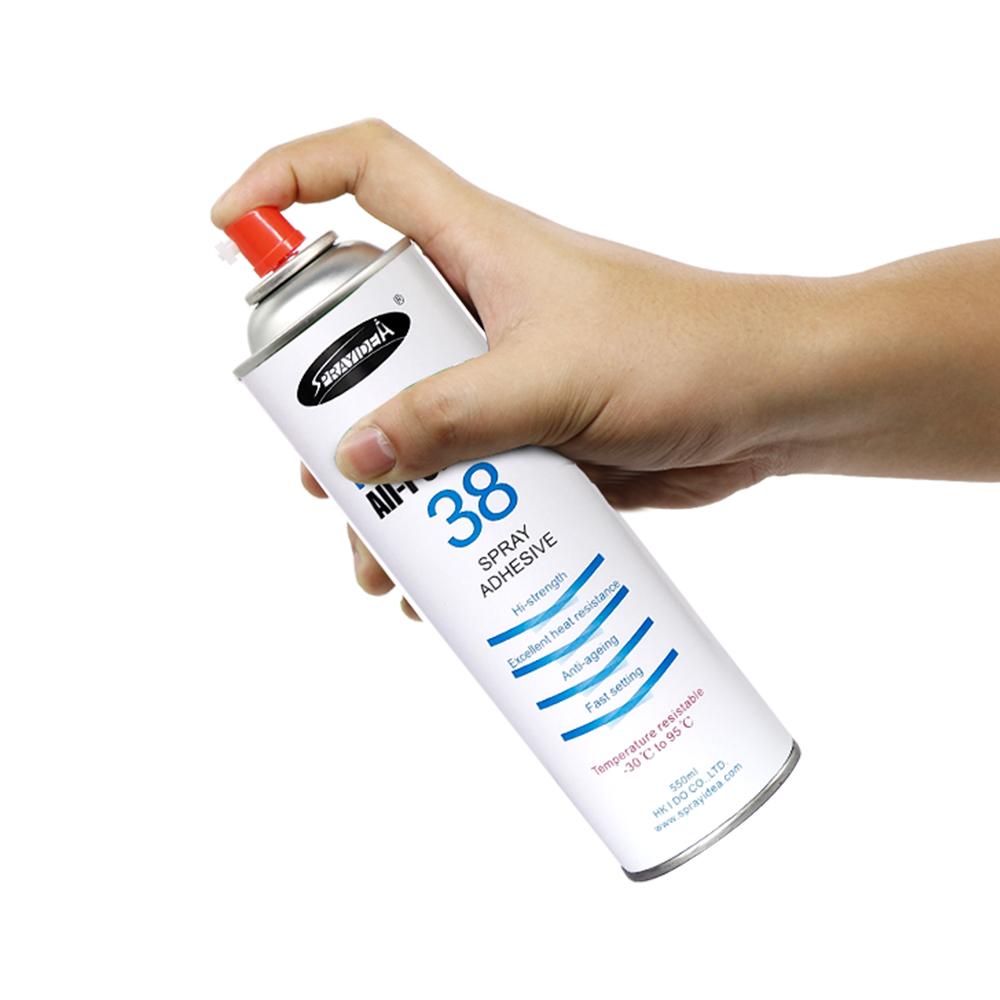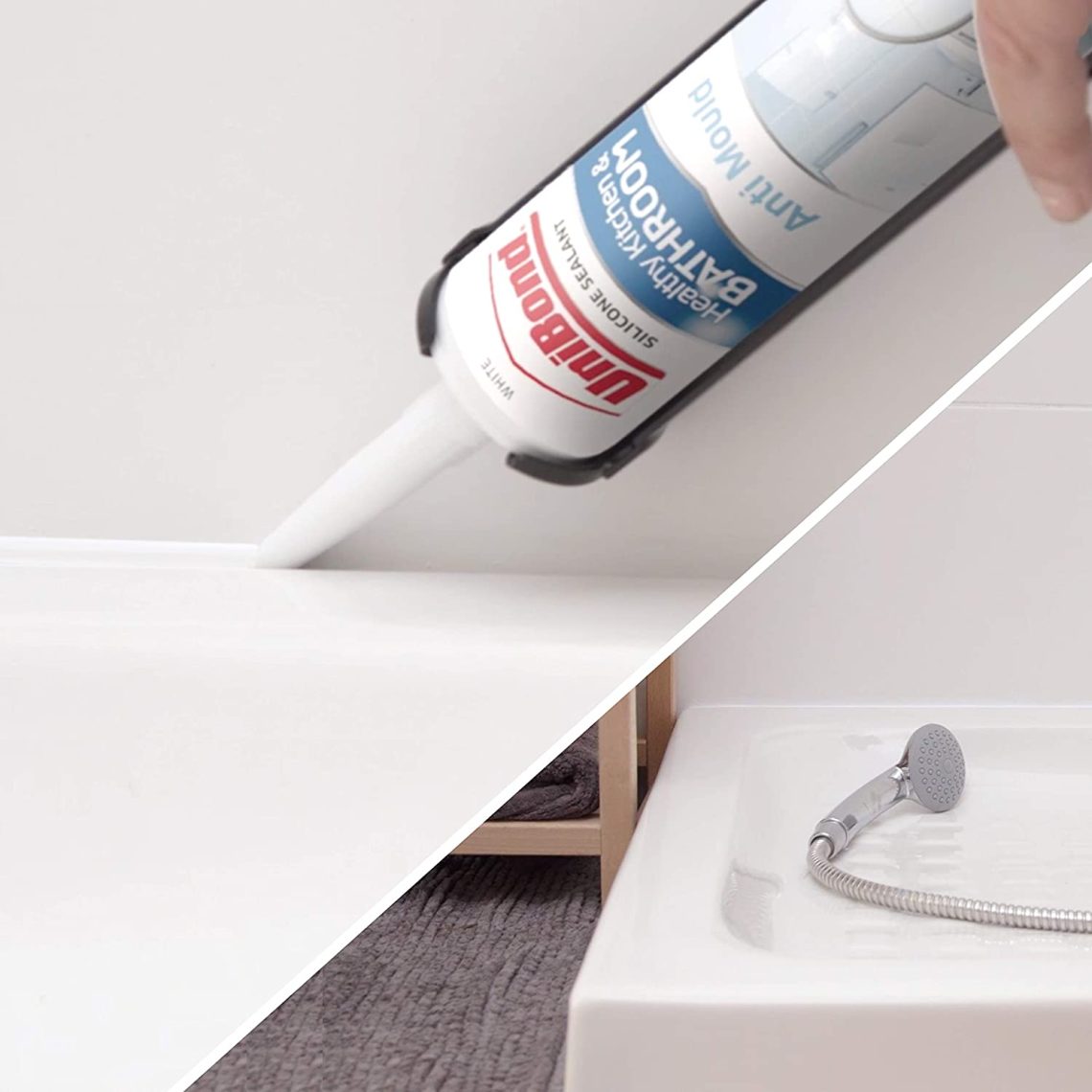Introduction to Adhesive Removal Challenges
Removing adhesives from walls often poses significant challenges. These adhesives, whether they’re from tapes, stickers, or wall decor, can leave stubborn residues behind. This residue not only looks unappealing but can also damage wall paints if not carefully removed. Addressing these challenges requires understanding the nature of the adhesive and choosing the right removal method. The aim is to ensure a clean, damage-free wall surface after the adhesive is gone. Throughout this blog, we’ll explore various safe techniques and materials that help remove adhesive without harming your wall paint.

Pre-Testing for Safety
Importance of Testing Removers on a Small Area
Before attempting to remove adhesive from wall surfaces, it’s crucial to pre-test. Choose a small, inconspicuous area for testing your chosen removal method. This step ensures that the technique does not damage or discolor the wall paint. Whether you plan on using warm water with dish soap, mild solvents, or commercial products, pre-testing helps avoid mishaps. Especially with painted and glossy surfaces, some removers can cause dullness or discoloration. Always take this precautionary step for paint preservation.
Careful testing allows you to assess the compatibility between the removal agent and the wall surface. It will also give you an indication of how much time and effort the overall removal process might require. Remember, different types of adhesives and wall surfaces will react differently to various cleaning agents. Through pre-testing, you ensure a safe and effective process ahead.
The Tools and Materials Needed for Effective Removal
To effectively remove adhesive from walls, you need the right tools and materials. Here’s a detailed list to help you prepare:
- Scrapers: Flat blade scrapers or putty knives are essential. They help gently pry off adhesive residues.
- Warm Water and Dish Soap: A simple mixture of dish soap and warm water can dissolve many adhesives.
- Cloths and Sponges: Soft cloths and sponges apply the soapy water and remove loosened adhesive.
- Hair Dryer or Heat Gun: These tools are useful for applying controlled heat. They make the adhesive easier to scrape off.
- Rubbing Alcohol or Acetone: Good for removing stubborn adhesive. Use these with caution to avoid damaging paint.
- Coconut Oil: This can loosen adhesive. Ensure to use it sparingly to prevent oil stains.
- Sandpaper: For very stubborn adhesives, fine-grit sandpaper can be used to sand it down.
- Commercial Products: Products like Goo Gone or Goof Off are specifically made to tackle tough residues.
Gather these tools and materials before you start the removal process. This ensures you are well-prepared and can switch between methods if needed.

Techniques for Safe Adhesive Removal
When it comes to getting rid of unwanted tape or sticker leftovers, safety is key. You want to remove adhesive from walls without harming your paint. Here are some best practices for gentle yet effective removal.
Gentle Scraping Strategies
Start with the least invasive method: gentle scraping. Use a flat scraper or a putty knife to carefully lift the edges of the residue. Do this slowly to avoid wall damage.
Utilizing Warm Water and Dish Soap
Sponge the area with warm, soapy water. This can loosen the adhesive. Afterwards, use a soft cloth to wipe it away gently.
Applying Controlled Heat
A hair dryer set on warm can soften tough adhesives. Aim it at the residue for a short time then gently scrape or wipe away.
The Friction Method
Rub a cloth or your fingers in a circular motion over the adhesive. Slowly, it will ball up and can be picked off.
Using Mild Solvents with Caution
For stronger residue, apply rubbing alcohol or acetone with care. Test first to avoid paint damage.
Oil-Based Removal Methods
Coconut oil can break down adhesive. Apply a small amount and then clean it off quickly.
Commercial Removal Products
When DIY methods fail to remove adhesive from walls, consider commercial products. Products like Goo Gone and Goof Off specialize in tackling tough residues. Make sure to follow the product instructions. Test them in a small area first to ensure they won’t damage your paint. They can be a quick solution when other methods are too slow or ineffective. Always wash the area with soap and water after using these products to remove any chemical residue.

Best Practices for Preventing Adhesive Residue
To prevent troublesome adhesive residues on your walls, follow these key tips:
Choosing the Right Tape
Selecting the appropriate tape can minimize residue issues. Avoid using tapes like duct tape on delicate surfaces such as painted walls. Instead, opt for tapes like painter’s tape or Gaffer’s tape, which are less likely to leave a sticky mess behind.
Preparing the Surface Beforehand
Clean and dry the wall surface before applying any tape. Dirt, grease, and moisture can cause tapes to adhere more strongly, increasing the chance of residue. Always make sure the wall is free of debris to prevent adhesive build-up.
Conclusion: Patience and Precision in Adhesive Removal
As we conclude this guide on how to remove adhesive from wall, remember patience and precision are your best tools. Tough residues need gentle, careful treatment to prevent damage to your paint. Always start with the least aggressive method. Progress to stronger solutions only if needed.
Through the methods discussed, we’ve learned that warm water and dish soap often do the trick. When they don’t, we can turn to heat application or mild solvents. Remember, always test a small, hidden area first before treating the larger space.
Don’t rush the process. Rushing might rip the paint right off with the residue. If you face stubborn adhesives, consider specialised commercial products like Goo Gone or Goof Off. But again, test them first.
Prevention is better than cure. Choosing the right tape and preparing surfaces properly can save you from sticky situations. Clean and dry walls will support the best adhesion and clean removal.
If you follow these suggestions, you’ll likely end up with residue-free walls. And if the adhesive does leave its mark, now you have the knowledge to tackle it head-on.





